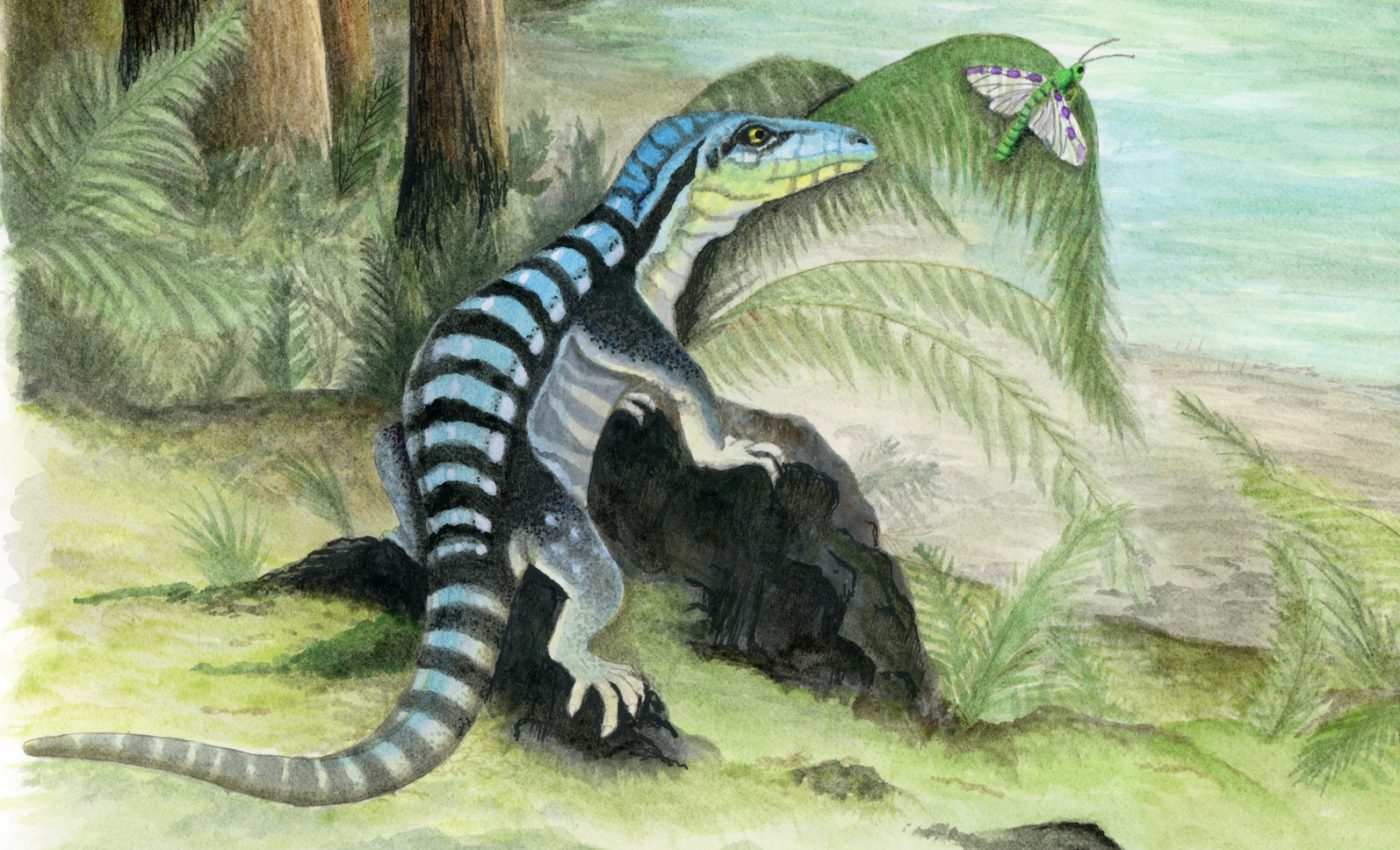
New iguana-sized reptile species found in Antarctica
Scientists have identified a previously unknown relative of the dinosaurs that existed in Antarctica about 250 million years ago. The iguana-sized reptile has been given the name Antarctanax shackletoni, which means “Antarctic King.”
Study lead author Brandon Peecook is a researcher at the Field Museum.
“This new animal was an archosaur, an early relative of crocodiles and dinosaurs,” said Peecook. “On its own, it just looks a little like a lizard, but evolutionarily, it’s one of the first members of that big group. It tells us how dinosaurs and their closest relatives evolved and spread.”
Based on its similarities to other fossil animals, the experts believe that Antarctanax was a carnivore that hunted bugs, early mammal relatives, and amphibians.
“The more we find out about prehistoric Antarctica, the weirder it is,” said Peecook. “We thought that Antarctic animals would be similar to the ones that were living in southern Africa, since those landmasses were joined back then. But we’re finding that Antarctica’s wildlife is surprisingly unique.”
Two million years before Antarctanax existed, the biggest mass extinction in the history of the Earth killed off 90 percent of all animals. New groups of animals began to emerge and archosaurs, including dinosaurs, flourished.
“The more different kinds of animals we find, the more we learn about the pattern of archosaurs taking over after the mass extinction,” said Peecook.
“Before the mass extinction, archosaurs were only found around the Equator, but after it, they were everywhere. And Antarctica had a combination of these brand-new animals and stragglers of animals that were already extinct in most places–what paleontologists call ‘dead clades walking.’ You’ve got tomorrow’s animals and yesterday’s animals, cohabiting in a cool place.”
The discovery of Antarctanax confirms the theory that Antarctica experienced rapid evolution and diversification after the mass extinction.
“Antarctica is one of those places on Earth, like the bottom of the sea, where we’re still in the very early stages of exploration. Antarctanax is our little part of discovering the history of Antarctica.”
The study is published in the Journal of Vertebrate Paleontology.
—
By Chrissy Sexton, Earth.com Staff Writer
Image (c) Adrienne Stroup, Field Museum













